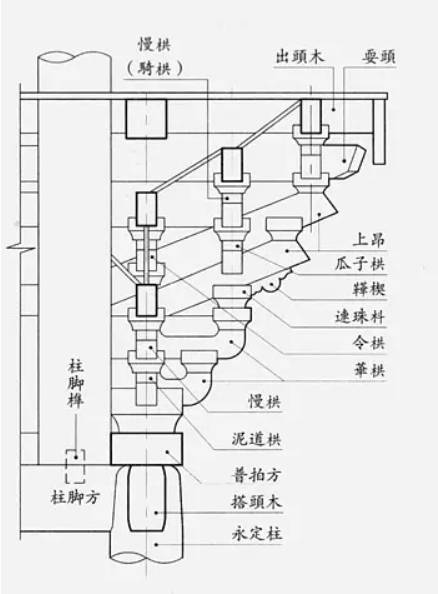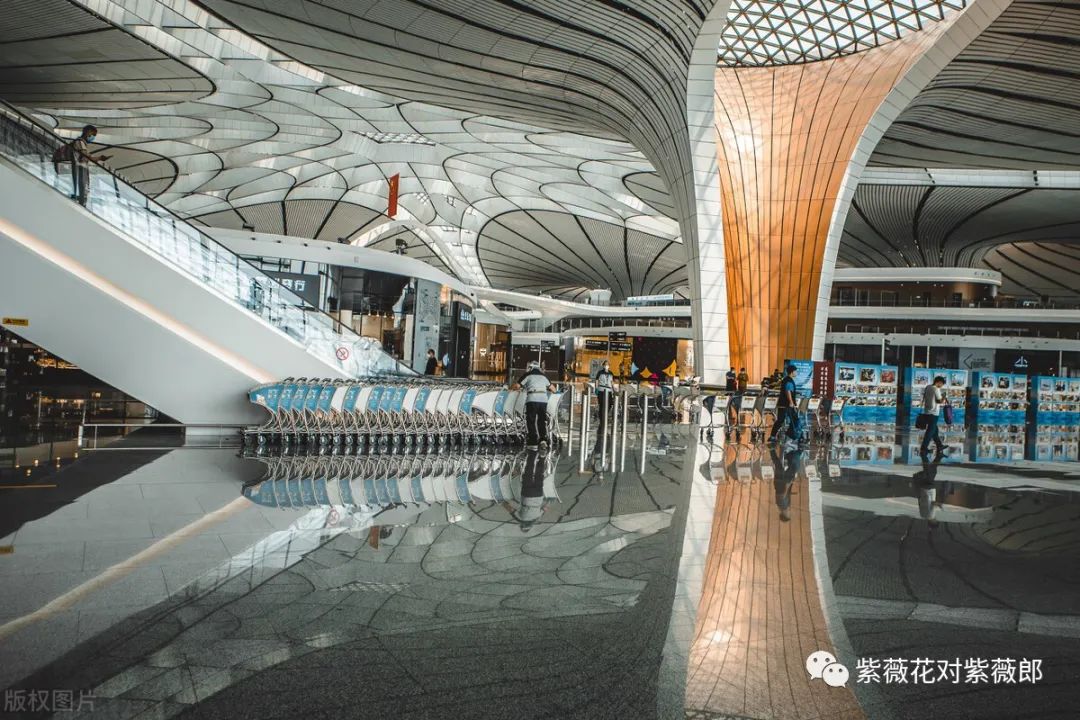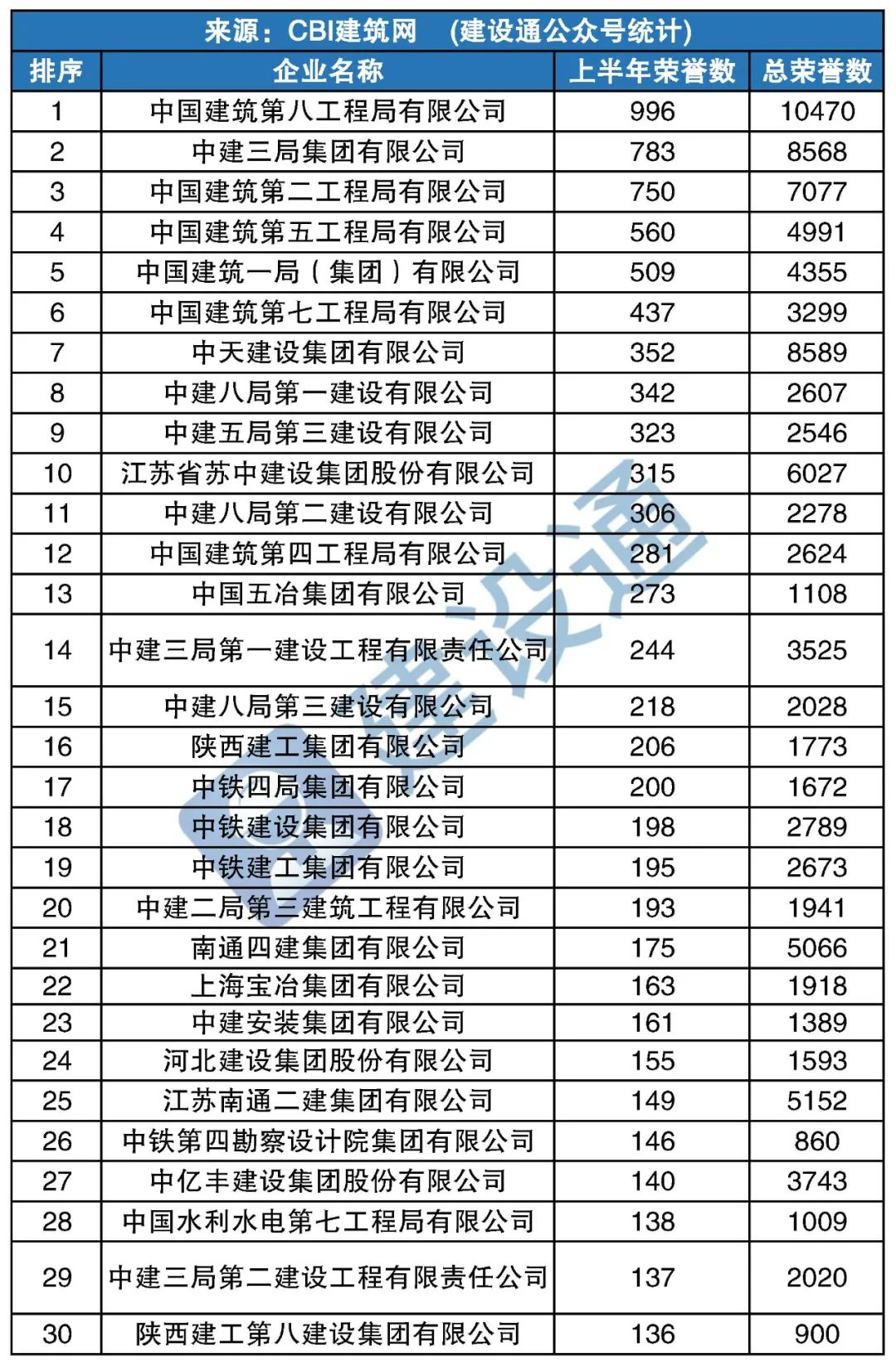Jinci temple is located at the foot of xuanweng mountain in the southwest of Taiyuan, which is the source of Jinshui
. 
It is said that King Cheng of Zhou granted his younger brother Yu the title of emperor of the Tang Dynasty
. 
His son changed his name to “Jin” because of the presence of Jinshui in his territory
. 
Later generations built a temple to commemorate Shu Yu’s achievements at the source of Jinshui, which is also called Jin Temple because of its name
. 
Li Daoyuan of the Northern Wei Dynasty wrote in his notes to the water classic: “in the past, Zhibo stopped the water from Jinyang to irrigate Jinyang
. 
He traced back to the upper reaches of the river, followed by his descendants, and stored it as a marsh
. 
In the west of the marsh, there was an ancestral temple named Shuyu It can be seen from the plan of Jinci temple that Jinci temple was built here at least as early as the Northern Wei Dynasty
. 
Here, the temples, pavilions, pavilions, bridges and trees set off against each other, surrounded by mountains and water, cultural relics and towering ancient trees
. 
It is a very beautiful ancient garden, known as the “little Jiangnan” in Shanxi Province, and is a rare large ancestral hall style classical garden in China
. 
The statues of Zhou Bai, Nan Laoquan and Song Dynasty maid in the temple are known as the “three treasures of Jin Temple”, which have high historical, scientific and artistic values
. 
In 984, a large-scale main hall was built in the west corner of Jinci temple to worship Tang Shuyu
. 
It was rebuilt in 1102, the first year of Chongning and rebuilt in 1111, the first year of Zhenghe
. 
The empress of Shuyu’s mother was granted the title of “Xianling Zhaoji Madonna”
. 
The main hall was changed to “Madonna” Yijiang
. 
The world also called this towering building “Madonna hall”
. 
This is the present situation of Jinci temple The most ancient architecture is also the representative work of wooden architecture in the Northern Song Dynasty
. 
The facade of Notre Dame hall faces east from the west, with double eaves on the top of the mountain
. 
The plane is nearly square, seven rooms wide and 26.71 meters wide
. 
Among them, the careful room is 5 meters, the two times room is 4.03 meters, the two ends room is 3.725 meters, and the two ends room is 3.1 meters
. 
Notre Dame hall has six deep eaves, four rafters in the lower eaves corridor, eight rafters in the upper eaves, and a total of 12 rafters in the two eaves, with a total depth of 21.15 meters
. 
From front to back, the first and sixth rooms are 3.1 meters each, the second and fifth rooms are 3.735 meters each, and the third and fourth rooms are 3.74 meters each
. 
In order to form a corridor with two wide front porches deep in the front and one cloister deep in the left and right sides, it is the practice of “secondary step circle” in the construction method
. 
After Liang Sicheng inspected Jinci in the 1930s, he wrote an article “a preliminary survey of ancient buildings in Jinfen”
. 
The article describes Jinci’s Notre Dame hall as follows: “Jinci’s Notre Dame hall, with double eaves resting on the top of the mountain, has seven rooms wide and six rooms deep, and the plane is almost square
. 
The layout is very strange
. 
There are five rooms in the hall, with a circle of secondary steps
.
However, the front porch is two deep and the inner trough is three deep, so the front porch is extremely open, which is new to us
.
” The body of Notre Dame hall adopts the hall type structure system, which is made of three columns with six rafters and six rafters
.
The inner column is the same height as the outer column
.
The structure of the secondary steps is Ruxi and zhajuan, which are inserted into the eaves columns of the hall
.
The upper columns of the front eaves gallery are replaced by the child columns above the breast pillars
.
The front eaves equipped with doors and windows are actually the front trough gold pillars, which are directly under the eight rafters and transmit the load of the upper front half of the rafters
.
The front eaves column, that is, the four columns between the upper eaves and the Ming Dynasty, is only the upper half, standing on the breast under the corridor, thus forming a relatively open worship space in the front corridor
.
Among the existing ancient wooden buildings in China, the Virgin Mary hall is the earliest example of the two deep front porches
.
The eight wooden pillars of the front corridor of the Notre Dame hall are carved with eight dragons, which is an isolated example of the existing ancient Chinese architecture
.
In 1087, it was built by Lu Ji and others in Taiyuan
.
It was made by Panlong pillar
.
The door of stone Buddha niche in the late Northern Dynasty was built by leaning on the pillar
.
The remains of wood structure buildings are still ancient
.
There are two corner columns on both sides of the front porch, which are used to carry the load on the upper eaves wing angle and the back end of the lower eaves angle
.
On the north side of the front porch of Notre Dame hall, the tall column in the picture is one of the corner columns on both sides of the hall
.
The beam frame of the hall body adopts the structural form of “eight rafters and three columns for the roof and six rafters”
.
The beams are laid on the back eaves, and are formed by the overlapping of the front breast and the six rafters on the inner trough column head
.
The six rafters are supported by five rafters, the four rafters and the flat beams are stacked layer by layer
.
The beams are supported by humps, and the four rafters and the flat beams are above them
.
Humps, Shu pillars and forks were built on the flat beams to support the ridge
.
The whole structure was made in the open
.
The hall of Notre Dame is fully exposed (without ceiling)
.
The upper and lower eaves of the hall of Notre Dame and the pupaifang are supported by Dougong
.
Dougong is originally a certain specification of bucket shaped wood block and bow shaped short wood laminated assembly to form a whole component, with the dual role of structure and decoration, which is a prominent feature of ancient Chinese wood frame system architecture
.
Dougong is cantilevered from two directions, which reduces the span of superstructure in two directions and improves the bearing capacity of beam, brace and other components
.
The adjustable deformation ensures the consistency of the force on the column head
.
In Liang Sicheng’s structural system of Chinese architecture, the Dougong’s schematic diagram of Notre Dame hall is very varied, especially wonderful, and its functions are also different
.
According to the shape, structure and structure of Dougong, there are as many as 12 kinds
.
There are mainly six kinds, namely: lower eaves column head paving, lower eaves patching, lower eaves corner paving; upper eaves column head paving, upper eaves patching, upper eaves corner paving
.
The top view of the structure of Dougong on the eaves (left) and upper eaves (right) of our lady’s Royal Highness
.
The upper eaves and column heads of Notre Dame hall are paved for the upper eaves to supplement the space
.
Six shop for single copy, double under the high, single Gong heart building, inside turn out two
.
The upper eaves corner paving: the two sides of the front side are the same as those of the upper eaves column head, except that there are two jumps of Chinese Dougong on the 45 degree angle line, one jump of the upper corner and one jump of the upper corner, and the other jump of the upper corner
.
In the second jump, the melon seed Gong on jiao’ang is used as the mandarin duck cross head Gong, and the inside turns into the three ridges
.
The corner of the upper eaves is paved for the lower eaves, and the column head is paved for the lower eaves: the five pavilions are made of two jumping flat out (false high), the mouth is raised flat out of the piano face, the single Gong is made by counting the heart, and the inside is made by turning the double eaves by stealing the heart
.
The structure diagram of the eaves and column head paving of the lady’s Royal Highness the eaves and the space paving of the lower eaves: the fifth paving is the single copy, the single bottom is high, the center is built, and the inside is turned out to the three secret centers
.
The lower eaves corner paving: the overall shape is the same as that of the lower eaves stigma paving, except that there are more seams on the 45 degree angle line
.
In addition to the top layer by Ang, the seam angle ang is a total of three horizontal out angle ang (false ang)
.
The bottle is placed on the top of the bottle to support the bottom of the beam
.
The corner of the eaves of your Highness The Virgin Mary is paved with a corner Dougong, and then two jumps of the corner Chinese Dougong come out at the end
.
The first jump steals the heart, and the second jump intersects the shuttle shaped Dougong (wing shaped Dougong) with the shuaotou
.
The shuaotou is a six part angle pulling
.
The structure and shape of Dougong on the existing Song Dynasty buildings in China are the most complicated, with different capitals, lower eaves and upper eaves, and inner groove and outer groove
.
What’s particularly wonderful is the application of the shop
.
In the Song Dynasty, the figure of “Zhong Xia ang” in the Dougong shop in zaozao FA Shi appeared in the wooden buildings of Tang Dynasty in the second half of the seventh century
.
It is called “Bi”
.
It can be divided into two types, namely “Xia” and “Shang”
.
In other words, Xia ang and Shang ang are the building components that can only be used in high-grade buildings
.
Generally speaking, in the structure, the body of Xia ang is roughly parallel to the inclined roof, and the function of Xia ang is based on The center line of the Dougong is a fulcrum, similar to a lever, which bears the weight of the eaves in the front and the weight of the beam in the back; the upper arch is placed at the rear end of the Dougong, which bears the weight of the beam (not the upper one is the upper one and the lower one is the lower one).
.




